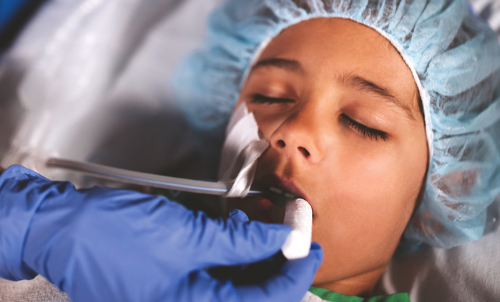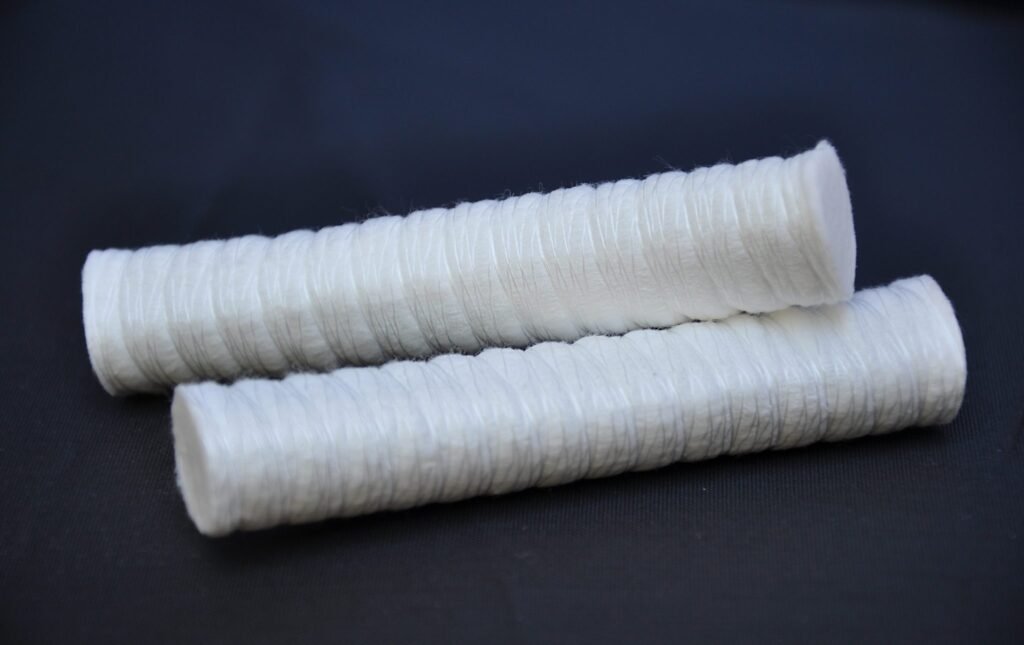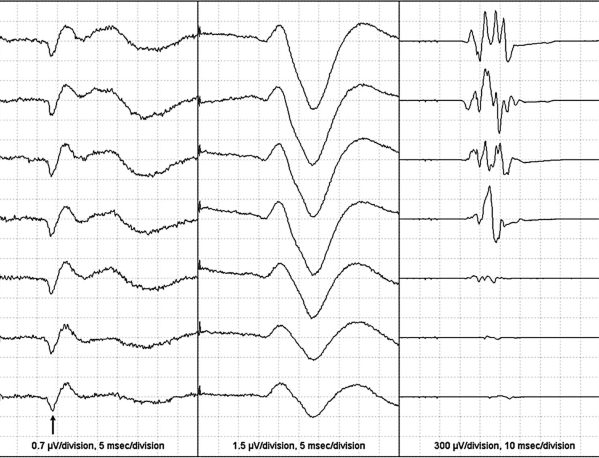Introduction
In this article, We will explode about Patient Safety During Transcranial Electrical Motor Evoked Potential(TCEMEP)
- Reason to concerns over injury to patient during Transcranial Electrical Motor Evoked Potential monitoring(TCEMEP), a conceptual guidelines have been set for cases in which this monitoring being used.
Table of Contents
Use of Bite block.

- Upper and lower bite guards in all patients with soft bite block or 3-4 gauze rolls, at least 2cm in diameter when tightly rolled are to be placed in the mouth . That should be between the molars on each side of the mouth. Tongue depressor can be used to place them, and check that the tongue is pushed back away from the teeth.
Image of soft bite block.

Neuromuscular Blocking Agents in TCEMEP
- Non depolarizing neuromuscular blockers should be used in cases to maintain the patient at 3-4 twitches. Train of four [TOF].
Pre-position Baseline .
- After induction and placement of the above-mentioned protective devices, check twitches. A baseline TCeMEP/SSEP can be recorded to ensure the neurological assessment through signals and it also prevents positioning related injury. [Especially in myelopathy type of cases].
Trace of TCeMEP/SSEP.

In this trace signals of motor-sensory got diminished due to malposition.
Immediate Feedback.
- Real-time feedback from the monitoring system allows the surgical team to make immediate adjustments if any neurological changes are detected. Repositioning the patient, to prevent neurological deficits/permanent damage.
Collaborative Approach.
- Intraoperative Neurophysiological Monitoring[IONM] involves close collaboration between neurophysiologists, neurosurgeons, anesthesiologists, and members of the surgical team. This multidisciplinary approach ensures that all aspects of patient care are considered and any concerns are addressed promptly.
Contraindication of TCeMEP
- Epilepsy [ Motor evoked potential can be preformed along with Anti-epileptic Drugs].
- Convexity Skull Defects.
- Raised ICP.
- Cardiac Disease.
- Proconvulsant Medications.
- Intracranial Electrodes.
- Vascular Clips or Shunts.
- Cardiac Pacemakers or other Implanted Biomedical Devices.
Bite Related Injury.
- TcMEP will stimulate muscles of mastication.
- Need to use a bite block to prevent injury.
- Injury. lip and tongue lacerations, fractured mandible from biting against hard plastic oral airway.
- Use a soft bite block. rolled up 4×4 between molars on each side of jaw.
Technical Factors:
- Factors such as patient positioning, presence of metallic implants or objects near the stimulation site, or poor electrode contact can affect the quality of TCeMEP recordings and limit their usefulness as a monitoring tool.
Clinical Decision.
- In some critical cases, the decision to use Transcranial Electrical Motor Evoked Potential monitoring may depend on the surgeon’s clinical judgment and the specific goals of the surgery. If TCeMEP monitoring is deemed unnecessary or potentially harmful based on individual patient factors or surgical considerations, alternative monitoring techniques may be employed.

- By implementing these measures, healthcare providers can minimize the risk of neurological complications and enhance patient safety during intraoperative neurophysiological monitoring.
- Overall while TCeMEP monitoring is a valuable adjunct to neurosurgical procedures in many cases, careful consideration of patient factors, anesthesia management, and technical feasibility is essential to ensure its safe and effective use.
Related articles:-
https://neurointraoperative.com/parameters-direct-electrical-cortical-stimulation-induced-seizures
https://pubmed.ncbi.nlm.nih.gov/12477987
Question.
- Q-Why double bite block are important?.
- A-First bite block is important to prevent tongue laceration second double bite block use for one middle of mouth and another lateral side.
- Q-Is bite block prevents tongue laceration while stimulating?
- A- Yes it is prevent from the tongue injury.
- Q-What is the adequate dose of TIVA anesthesia drugs?.
- A-As per BIS i follow in our setup <40 in adult cases.
- Q-Long acting muscle relaxant can be used?.
- A-Yes can be used like rocuronium along wit antidote -sugammadex.
